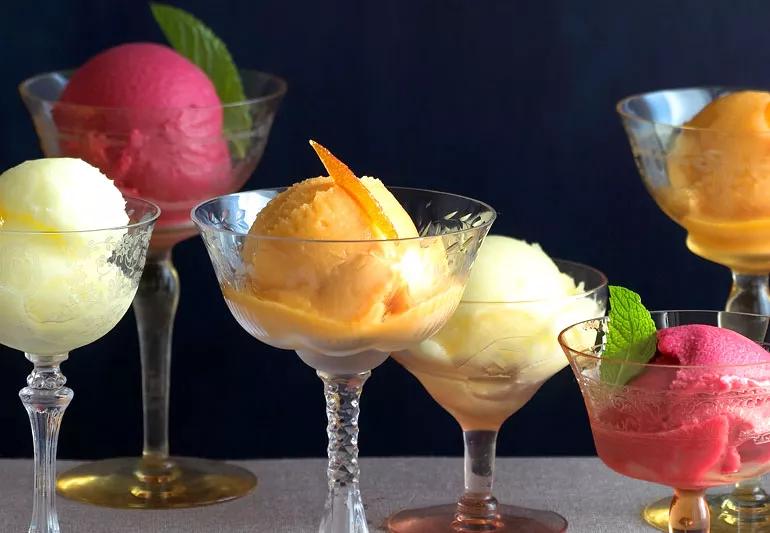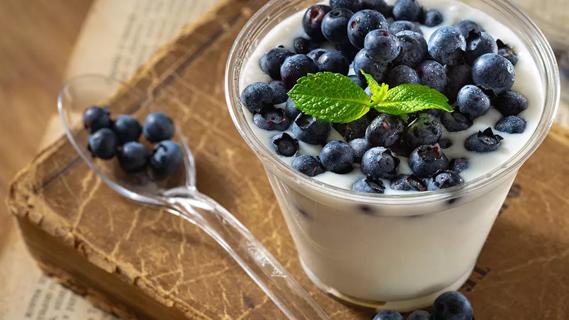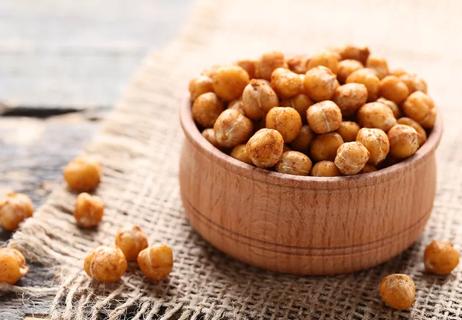Get the scoop on alternatives to regular and premium ice cream

Ready to splurge on a frozen treat? It’s hard to find an ice cream that’s good for you as much as it is delicious. But you can try looking beyond regular and premium ice creams for other “slightly less-unhealthy” options, says Anna Taylor, MS, RD, LD, CDE.
Advertisement
Cleveland Clinic is a non-profit academic medical center. Advertising on our site helps support our mission. We do not endorse non-Cleveland Clinic products or services. Policy
“A pint of premium can set you back up to 1,200 calories,” she notes. “But there are other options than can reduce your calorie intake. Remember though that each one comes with its own set of pros and cons, so you’ll have to choose according to your own health (and tastebuds’) needs.”
Pros
Cons
Pros
Cons
Pros
Cons
Pros
Cons
Pros
Cons
Advertisement
Pros
Cons
Pros
Cons
“While all of these have pros in their own ways let’s be clear — none of these frozen desserts are health foods,” Taylor says.
She advises sticking to one serving (2/3 cup) at a time and making them an occasional treat.
“When buying single-serve frozen treats, choose one with no more than 150 calories per serving, then stick to one serving,” she adds. “If you’re comparing items pick the one lowest in saturated fat and sugar.”
Follow her tips for choosing frozen sweet treats — and your heart and waistline will thank you.
Advertisement
Learn more about our editorial process.
Advertisement

This color additive, found in many pre-packaged foods, may affect people with ADHD or allergies

This decadent treat may help improve your heart health and boost your mood

With a little planning, you can fill your belly and boost your energy

Snacking can bring benefits with healthy food choices and planning

Plan ahead, bring a cooler when possible and don’t forget the water!

These foods sabotage weight loss and rob you of rest

A closer look at what's inside your favorite candy

These foods will nourish your body without ruining your diet

Babies can get congested easily, but you can calm their cough by keeping them hydrated, using nasal drops and running a humidifier

Weight loss may cause loose, sagging skin and muscle loss to your rear

Several conditions, like vitiligo and fungal infection, can cause a loss of pigmentation, leading to white spots or patches on your skin